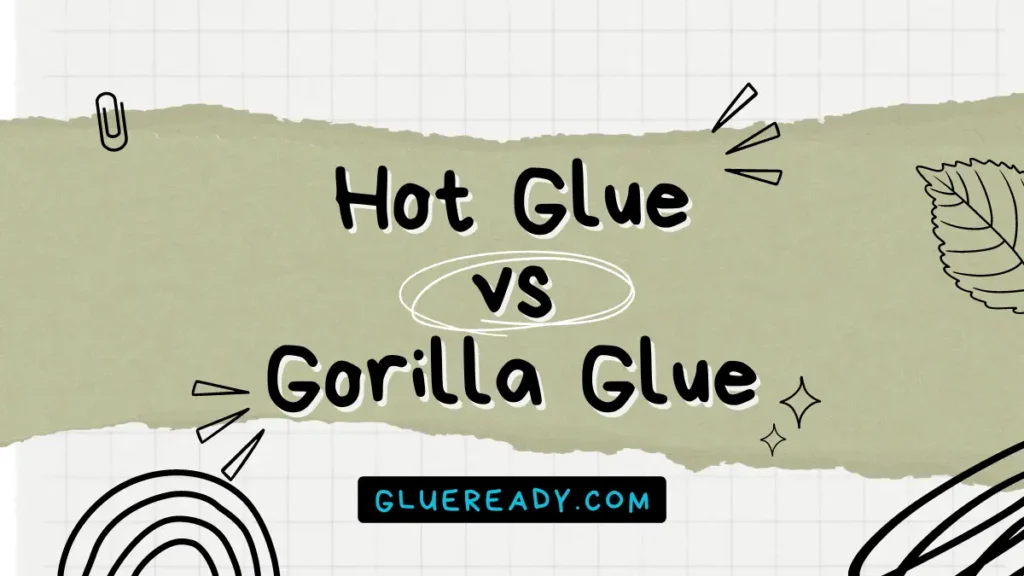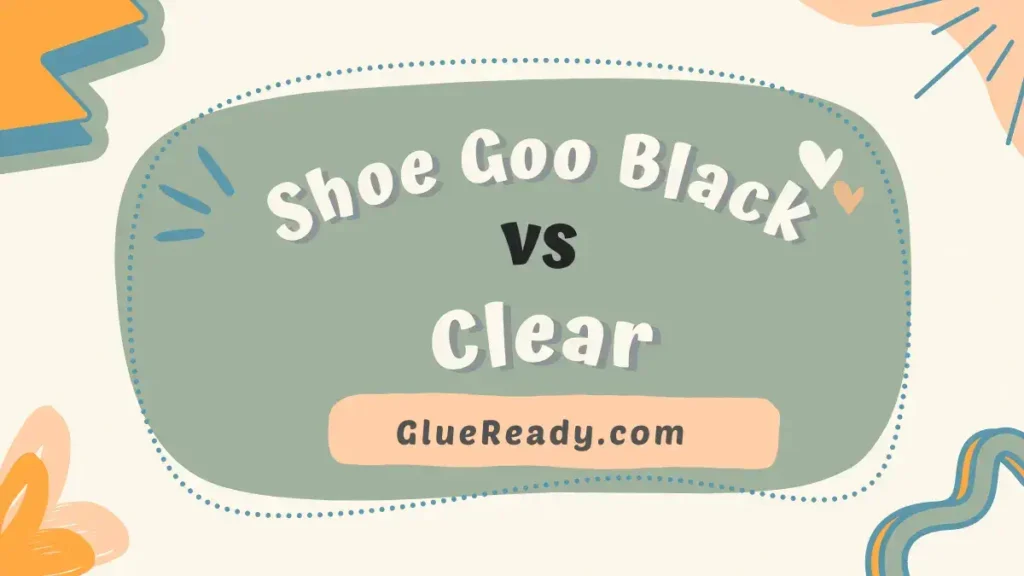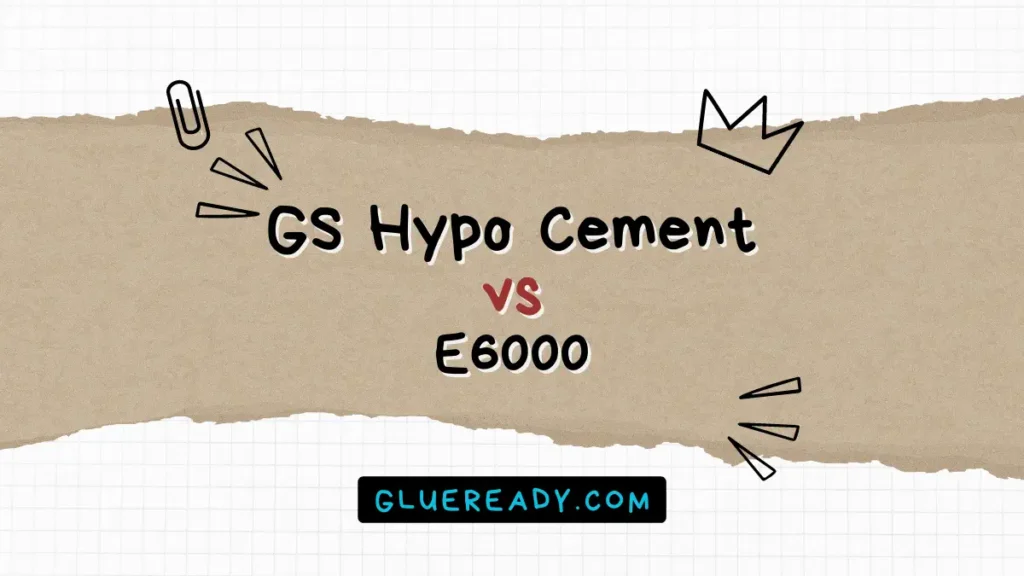E6000 vs Loctite | In-Depth Comparison

When looking for a strong and versatile adhesive, you might have come across E6000 and Loctite. Find out everything there is to know about E6000 vs Loctite before making a choice.
E6000 is more suitable for bonding different types of materials, filling gaps, and creating a flexible and durable bond. Loctite is more suitable for bonding plastics and fabrics, drying fast, and creating a strong and instant bond.
Let’s dive deep to know more about them.
Read More: E6000 vs Epoxy
Overview of E6000 Adhesive
E6000 adhesive is an industrial-strength and self-leveling adhesive. It is graded for use on plastic, fiberglass, metal, wood, glass, brick, ceramics, and even rubber.
E6000 dries clear and permanently but won’t bond your skin. It is non-flammable when cured and very flexible, and can bond items subject to vibration.
It is also chemically resistant to dilute acids and dilute caustics. It is waterproof and can be submerged in fresh/salt water.

Overview of Loctite Super Glue
Loctite super glue is a type of cyanoacrylate adhesive that is fast-acting and strong. There are different forms of it, such as liquid, gel, and professional, depending on the application or need.
Loctite super glue can bond to a variety of surfaces, such as metal, plastic, wood, glass, and more. Some Loctite super glue products are specially formulated for specific purposes, such as bonding glass, repairing wood, or filling gaps.

E6000 vs Loctite Glue Comparison Table
| Feature | E6000 Adhesive | Loctite Super Glue |
| Compatible materials | Metal, vinyl, wood, plastics, leather, rubber, masonry | Cork, fabric, wood, leather, metal, acrylic, PVC, and more |
| Surface preparation needed | Yes | No |
| Drying Time | 5 minutes | 2-3 minutes |
| Curing Time | 24-72 hours | Instant |
| Flexibility | High | Low |
| Heat resistance | High | Low |
| Chemical resistance | High | Low |
Detailed Comparison Between E6000 and Loctite Glue
E6000 and Loctite are two well-known brands of adhesives that can bond with various materials and surfaces.
However, they have some distinct differences that you should be aware of before choosing one for your project. Here are some of the main factors to consider:
Compatible Materials
Both E6000 and Loctite can work with a lot of surfaces, but they have different specialties. E6000 is good for plastics, wood, rubber, vinyl, metal, leather, and masonry.
Loctite is better for metal, fabric, leather, cork, wood, and more. Both are versatile but Loctite has an edge for fabric.
Drying Time
Both E6000 and Loctite are fast-drying adhesives, but Loctite is faster. E6000 takes about 5 minutes to dry and 24 hours to cure completely.
Loctite takes 2-3 minutes to dry and cure. Loctite is more convenient if you need a quick fix or a temporary bond.
Read More: E6000 vs Super Glue
Surface Preparation
E6000 requires some surface preparation before applying it. You need to make sure the surface is clean and dust-free.
Loctite super glue does not need any preparation. You just need to squeeze the tube and apply it directly on the surface where you want the bond. There is no mixing or clamping required.
Flexibility
E6000 is a flexible adhesive that can withstand vibrations and movements without cracking or breaking. It can also expand and contract with temperature changes.
Loctite is a rigid adhesive that forms a hard bond that can resist impact and shock but may crack under stress or pressure.
Removability
E6000 can be removed with acetone or mineral spirits if you need to undo the bond or reposition the glued items.
Loctite can be removed with acetone or nail polish remover, but it may leave some residue or damage the surface.
How to Choose Between E6000 and Loctite Glue?
The choice between E6000 and Loctite depends on your project and personal preference. Here are some factors to consider:
The type of material you want to bond
If you need to bond different types of materials that are not compatible with super glue, E6000 might be a better option.
If you need to bond mostly plastics or fabrics, Loctite might work better.
The size of the area you want to glue
If you need to glue a large or uneven area, E6000 might be more suitable as it can fill gaps and level itself.
If you need to glue a small or precise area, Loctite might be easier to use as it has a thinner consistency.
The drying time you prefer
If you need a quick fix or don’t have much time to wait for the glue to cure, Loctite might be more convenient as it dries fast.
If you don’t mind waiting or want a stronger bond, E6000 might be more reliable as it takes longer to cure.
The smell sensitivity you have
If you are sensitive to strong odors or work in a poorly ventilated area, Loctite might be more comfortable as it has a mildew smell.
If you don’t mind the smell or work in a well-ventilated area, E6000 might not bother you as much.
Read More: E6000 vs Gorilla Glue
Frequently Asked Questions (FAQs) about E6000 and Loctite Glue
Is E6000 Permanent Glue?
Yes, E6000 is a permanent glue once it has fully dried. It forms a very strong and durable bond that is resistant to moisture, water, and temperature variations.
Is Loctite the Strongest Glue?
No, Loctite is not the strongest glue. It is a popular brand of adhesives that is known for having strong bonding capabilities, but there are a variety of other brands and types of glues out there that may be even stronger.
Can Loctite Be Removed?
Yes, Loctite can be removed, but it depends on the type and strength of the adhesive. For example, you can remove Loctite Super Glue using acetone or nail polish remover, but it may leave some residue or damage the surface.
Final Thoughts
E6000 and Loctite are both great adhesives that can help you with your projects. However, they have different features and characteristics that make them suitable for different purposes.
Knowing the differences between them is a must if you want to use them in your projects. So, for that reason, I have compared E6000 vs Loctite here.
The choice depends on your project and personal preference. Whichever glue you choose, make sure to use it safely and effectively by following the tips above.







